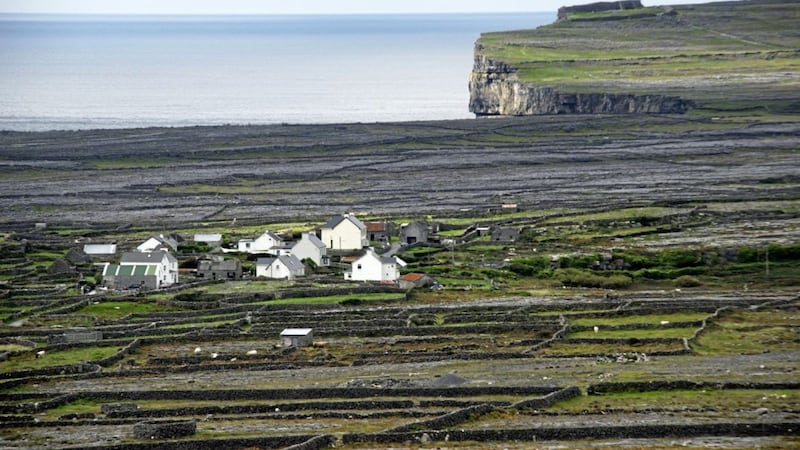You might not have noticed it yet, but spring is in the air. The Arctic blast of this past week has been a bit of a distraction, of course. But along the roadsides, in hedgerows and sheltered parts of woodland, things are stirring.
Daffodils and snowdrops have already started to flower and in the evenings the sky is still bright until after six. The buds on the trees and bushes are still tightly clenched, but caress them and you can feel a softening.
Fallen apples and scattered berries from last year are still lying on the ground and the blackbirds are feeding on them.
Last year I had a pair of starlings nesting in the eves, flitting in and out behind a drainpipe to feed their wailing young. When I got too close they would perch on the branches of a nearby tree, calling loudly as if to try and draw me away from where they had built their nest.
I let them get on with it but in the autumn after particularly intense downpours of rain I noticed puddles of water forming inside the house below where the starlings had been nesting.
It was only when I went into the attic to inspect that I realised they had not just been nesting in a hole in the wall but had actually come through the wall and built their nest between the rafters.
Much as I love nature, the clearing out process was not pleasant – the sulphurous smell left behind by two clutches of chicks last year, and from previous years, was gag-inducing. Needless to say the holes have been filled and starlings, bless them, will have to find somewhere else to build their nest this spring.
When not dealing with structural damage caused by wildlife, I’ve been rereading the novels and short stories of the Aran-islands-born writer Liam O’Flaherty, a writer who shifts between gritty urban dramas and sharp observations on nature.
In one of his earliest novels, The Black Soul, a First World War veteran seeks refuge in an isolated community off the west coast of Ireland, with a fictional name, but obviously O’Flaherty’s native Inishmore.
The story evolves over four chapters centred on each of the seasons – with a symbolic association with The Stranger’s psychological journey.
The novel opens with: “In winter all things die. So roared the sea around the shores of Inverara.” And The Stranger too undergoes a psychological death following a near-fatal bout of illness brought about by shellshock sustained in the trenches of the Great War.
However, by spring, The Stranger, like the land on which he lives, begins to revive.
“Each tuft of withered grass that had lain during the long winter between the crevices of the crags, bitten by the frost, shivered. Green sprouts began to push through the withered ones. In the bare green plains above the beach at Coillnamhan the grasses began to wave their pointed heads spasmodically. Like blind men they clawed the air, seeking a way to the sun and warmth.”
As the seasons progress The Stranger’s physical and mental strength grow, although as always with O’Flaherty’s novels it is against a backdrop of confrontation between the modern and old world, individualism and the conformity demanded by the Church and infant Irish Free State.
By summertime he is restored to full strength, although still tortured by his ‘black soul’ which gives the novel its title and by autumn, as the novel comes to a dramatic climax, he reaches a new maturity and a level of self-realisation.
However, for O’Flaherty’s best nature writing, turn to his short stories, where carefully observed detail combine with poetic prose and quite often a dark and violent twist.








